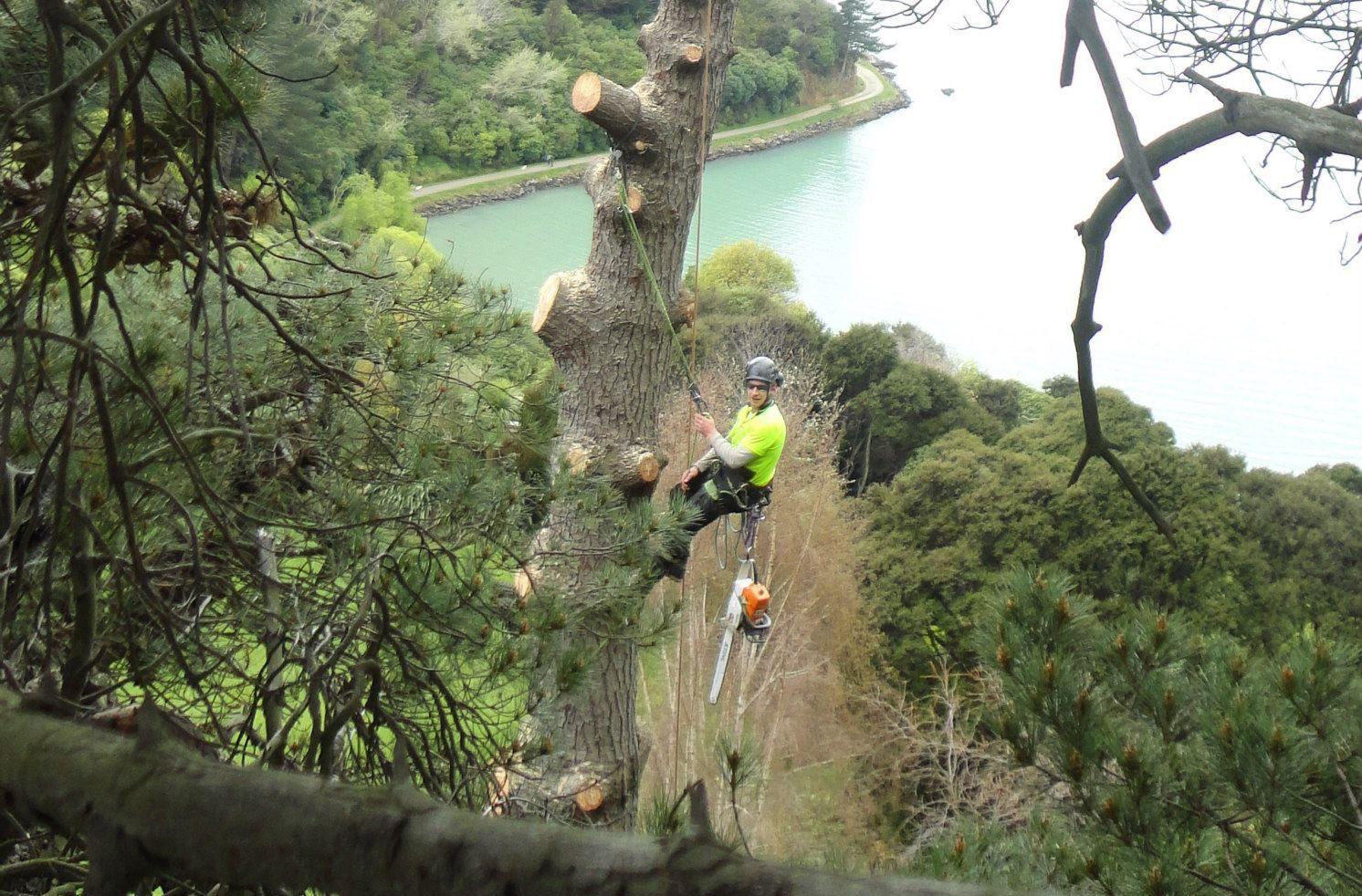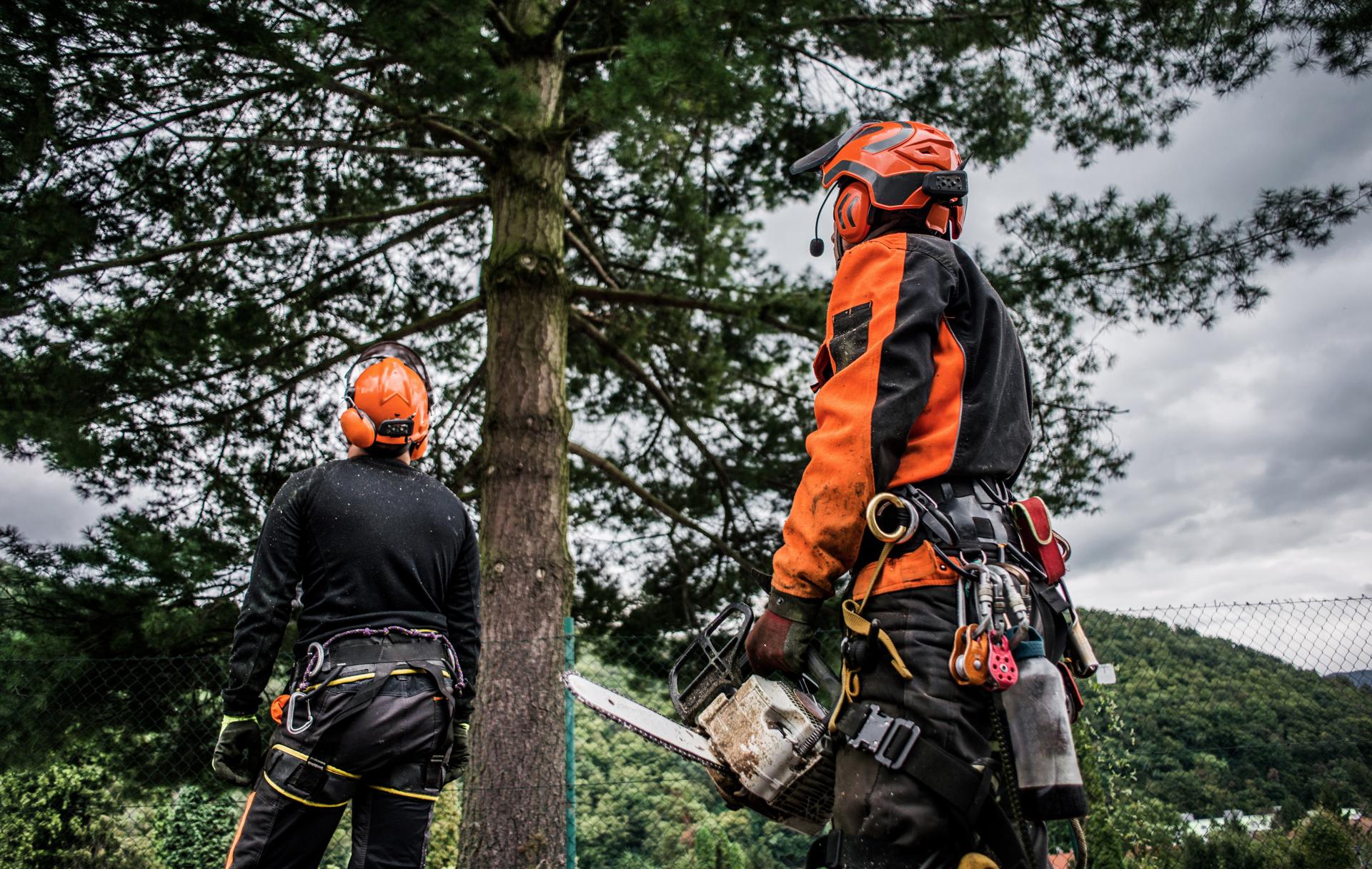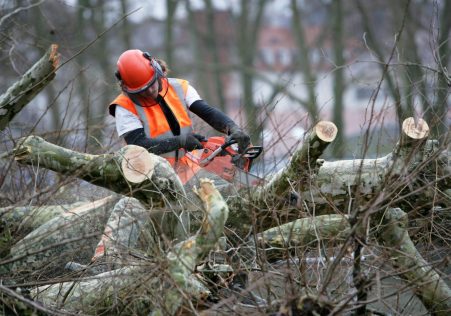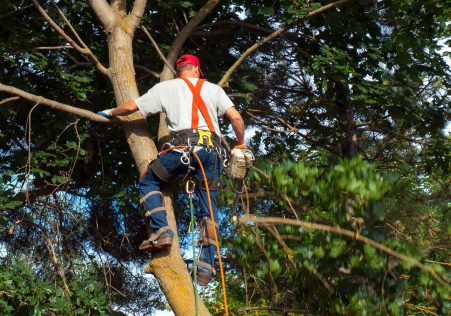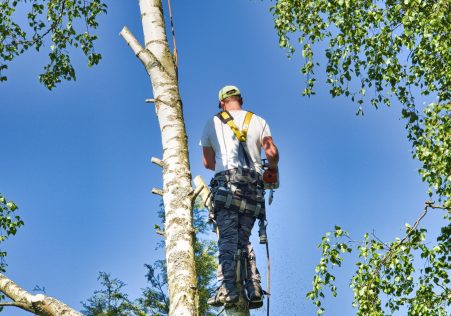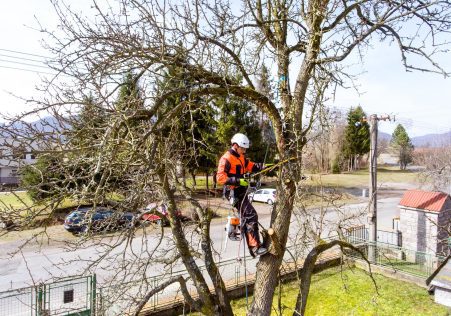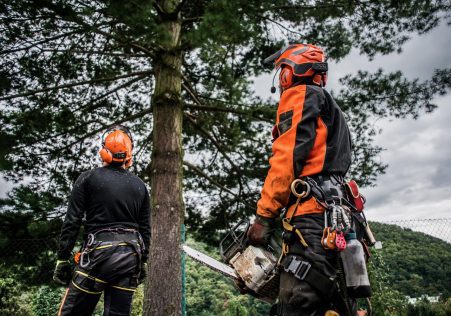The Surprising Longevity of Tree Roots After Cutting
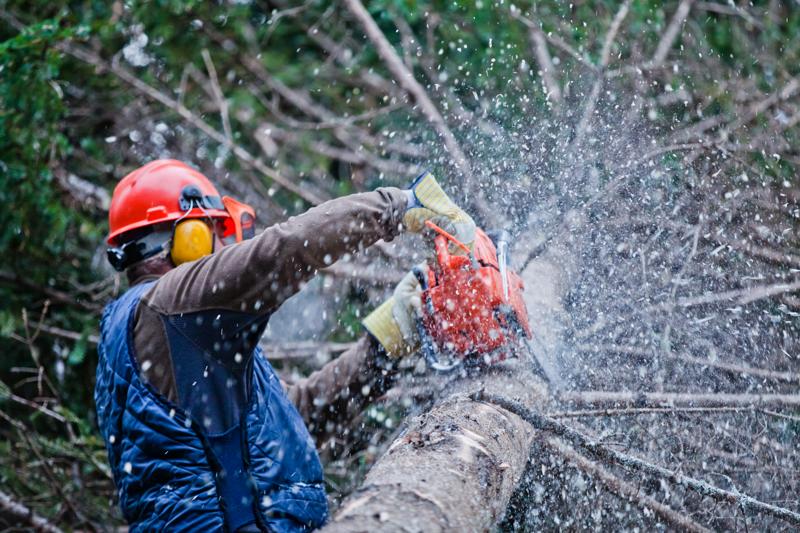
Tree removal is an essential job for many property owners, but it’s not as simple as cutting the tree’s trunk and leaving the roots to decompose. Understanding the longevity of tree roots is crucial in ensuring your removal is completed in a safe and secure manner. The article below we’ll explore the length of time the roots of trees last after a tree has been removed and address many of the frequently-asked questions about this topic.
How long do the tree’s roots last after cutting them down?
The life span of the roots of a tree after it is cut down may vary widely based on the species that the tree is, as well as the length of the root, and the environmental conditions. In general, it’s reasonable to believe that the roots of trees continue to exist for many years after a tree is cut down. This is because the roots are still capable of taking in moisture and nutrients from soil and absorbing nutrients from the soil, regardless of whether the tree is removed.
The factors that determine the longevity of Tree Roots
There are many variables that affect the life span of tree roots after a tree has been removed. A few of them are the species of trees There are certain species of trees that have roots that are more robust and last longer than others. For example, oak tree roots are known to live for many decades after the tree is removed. Size of the roots The bigger the tree’s root system are, the longer they will likely last after the tree is cut down. The reason for this is that larger roots are able to absorb moisture and nutrients in the soil. Environment conditions: The soil type, temperature, as well as levels of moisture in the region where trees were removed could influence the lifespan of the roots. If the soil is dry and compacted, the roots will decay faster. If the soil is moist and well-drained, the roots will last longer.
What Happens to Tree Roots After cutting them down?
If a tree is cut down the roots slowly start to break down. The process could take several years depending on the circumstances that were discussed earlier. During this time the roots gradually discharge nutrients to the soil, which could be beneficial for other plants in the area. After the roots have completely decomposed, they will no longer be a danger to the surrounding landscapes or structures.
FAQs:
Are tree roots able to grow again after cutting down?
No, tree roots cannot grow back after a tree been cut down. Once the roots have been removed, they slowly start to decay and no longer be capable of growing again.
Will tree roots continue to grow after cutting them down?
No, tree roots aren’t going to continue to grow after a tree has been cut down. However, they will be around for several years because they’re still capable absorption of nutrients and moisture out of the earth.
Are tree roots likely to continue to spread after the tree has been cut down?
It is not true that tree roots aren’t going to continue spreading after the tree has been taken down. After the tree is removed, the roots will slowly begin to decompose and will not pose a risk to the surrounding landscapes or structures.
Conclusion:
In conclusion, the longevity of the tree’s roots after the tree has been cut down can vary greatly according to a number of variables. Knowing the duration that tree roots will live is vital to ensure that the tree removal process is done properly and safely. If you own a tree that needs to be removed, it’s always recommended to hire a professional Blacktown Tree Cutting arborist to carry the task. Our highly skilled and knowledgeable arborists have the equipment and experience to safely and effectively remove trees, and to address any concerns about the longevity and longevity of roots. Contact us today at 0480 024 203 to schedule a consult and to learn more about our tree removal services in Blacktown. Do not risk damaging your property or putting yourself in danger when you attempt to take down a tree on your own. Let the experts at Blacktown Tree Cutting handle all of your tree removal needs.

